OUWB students provide health care to underprivileged citizens
The Gary Burnstein Community Health Clinic in Pontiac has hosted OUWB since March 2016.
Both community members and medical students continue to benefit as the Oakland University William Beaumont School of Medicine‘s student-run free clinic progresses forward.
Held at Gary Burnstein Community Health Clinic in Pontiac, the medical school’s clinic operates on the first Thursday of every month from 6-9 p.m. Run entirely by first- through fourth-year medical students and overseen by physician faculty, it provides affordable, nonemergency health care to those underserved.
To be eligible for free treatment, the patient must be an Oakland County resident who is below the poverty line and without insurance. Patients must also be between the ages of 18 and 65, as children younger than 18 are covered by Michigan’s MIChild health insurance program and those over 65 are covered by Medicare, according to an OU/Pontiac Initiative e-blast.
The clinic is a relatively new operation, having been founded in March 2016.
OUWB students Allen Nelson and Jenny Truong partnered to spearhead the clinic. According to Truong, the medical school finally had a full class, so they were able to get the ball rolling.
After overcoming all of the hurdles, they secured a partnership with Gary Burnstein Community Health Clinic, a nonprofit organization that offers free medical and dental services to low-income and uninsured Michigan residents, according to the website.
During clinic hours, a total of 14 medical students volunteer in different areas — three in triage, three in pharmacy and four sets of two-student exam teams. While treating people, students are able to experience all steps of patient care.
“Being at this clinic gives students the most autonomy where they can work their own thinking process,” Truong said.
Rollin Cook, an OUWB student who helped with the clinic’s growth, believes this clinic is especially unique in that it is able to work with members of different educational classes.
First- and second-year students can take vitals or help in the pharmacy, while third- and fourth-year students can perform exams. However, those earlier in the program can also shadow a physician, learning how to do exams and discussing the reasoning behind diagnoses.
“You see from the top to the bottom this emphasis on teaching and serving the community that the [medical school] really fosters,” student Thomas LaRouere said.
At the end of clinic hours, learning is furthered as everyone comes together to review interesting cases from the night.
“We’re in the classroom for the first couple years, so it’s nice to be reminded why we’re doing this and what’s really important,” said medical student Josh Powell. “It’s a great way to connect with our community members and give back early on.”
The number of patients visiting the clinic has continued to grow since its opening.
“In this area in particular, poverty is very high, and access to health care is an issue,” said Dr. Justin Brox, executive director of the Gary Burnstein Community Health Clinic. “If you don’t have insurance, you can’t get access to health care.”
And while emergency rooms are legally obligated to treat life-threatening conditions, Brox said patients are often released once deemed in the clear.
“What they need is someplace that can chronically be there for them every month, giving them the medications they need, monitoring them and taking control back from their disease,” he said, “And that’s one of the reasons why what we do is so important.”
Truong recalled one patient they worked with for two hours because she had so many health problems.
“She told us that for the first time she felt like she was understanding what was going on with her body,” Truong said. “Nowhere would you ever get that amount of personalized health care.”
LaRouere also spends significant time with patients. He said it’s easy to get caught up in the fast-paced nature of training as a physician.
“It brought me back to why I chose to go into medicine,” he said.
OUWB student Jonathan Chan has been involved with the clinic since its opening.
“The patients and community members we interact with at the clinic are just wonderful people and have so much to teach us about what being a compassionate physician is about and what it looks like to serve and advocate for the community,” Chan said.
Moving forward, Nelson hopes to add additional clinic times and rotation sites, as well as to continue establishing the relationship between the clinic and its local community.
“We want to publicize the Gary Burnstein Community Health Clinic so that patients and the community know there is someone here that can provide them with affordable health care,” Truong said.
They are also working on monthly educational classes for patients and have connected with the OU Spanish Club to teach medical Spanish for future translators.
The Gary Burnstein Community Health Clinic is located at 45580 Woodward Avenue. For more information on ways to get involved, email Jonathan Chan at [email protected].



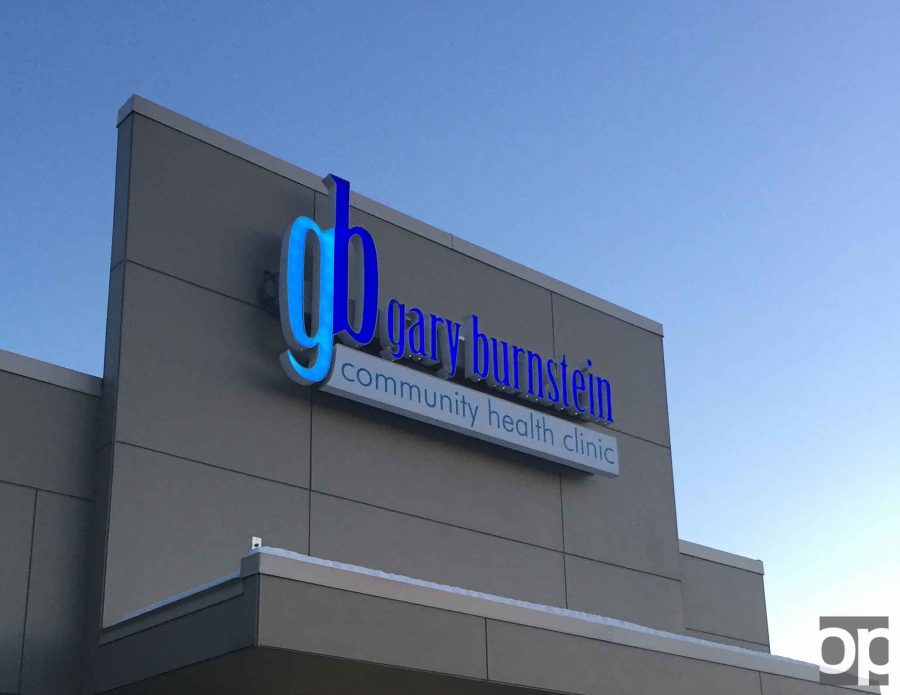
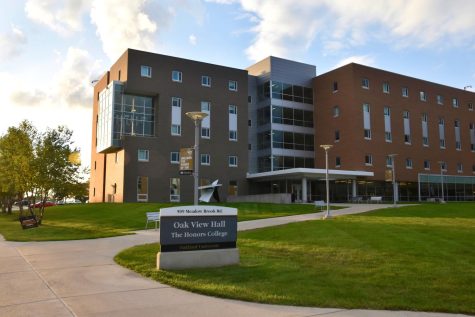
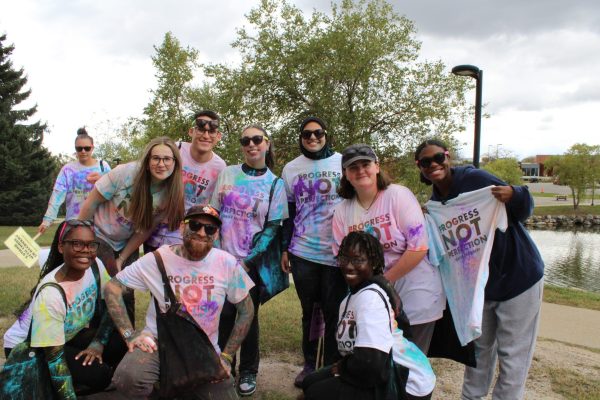
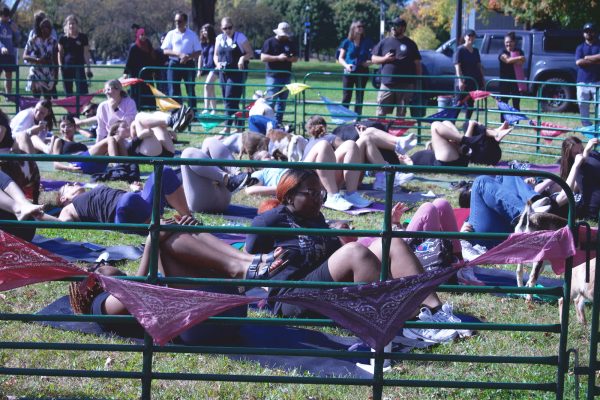
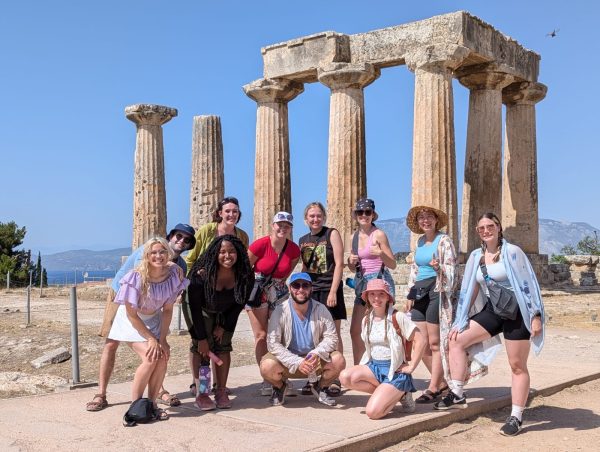
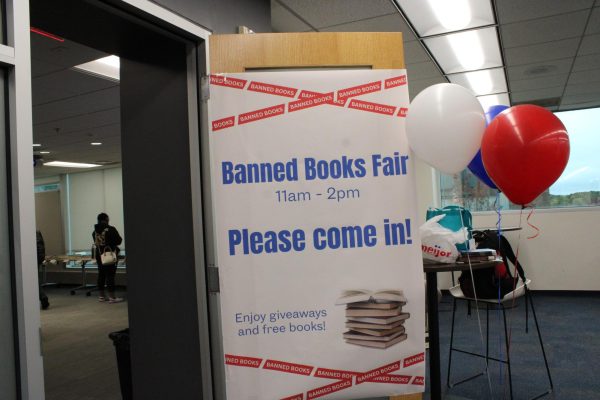
Kelly Detter, RDH, BSDH • Apr 14, 2017 at 3:33 PM
I am a dental hygienist who chooses to volunteer at the Gary Burnstein Community Health Clinic. The need is great for increased access to medical and dental care that is affordable. In this case, free is very affordable. I highly encourage more medical professionals to continue volunteering their precious talents and time post graduation. I also encourage the incorporation of complete systemic care, i.e. Oral/systemic health conscious education. I strongly encourage the medical students to ask their patients about their oral home care, access to professional dental care, follow up on proposed dental treatment and how if any medications are adversely affecting oral health. If the students don’t know the answers to their patients concerns, demand from their medical instructors to teach them the answers. If the instructors don’t know the answers, collaboratively work with the dental educators to expand your medical awareness of oral disease as relates to systemic concerns. This will make for fine future physicians who treat the whole patient when at clinics such as the GBCHC. I sincerely appreciate the time and dedication to expand the developing minds of the students at OUWB by utilizing this fantastic facility. Keep on with the great work!